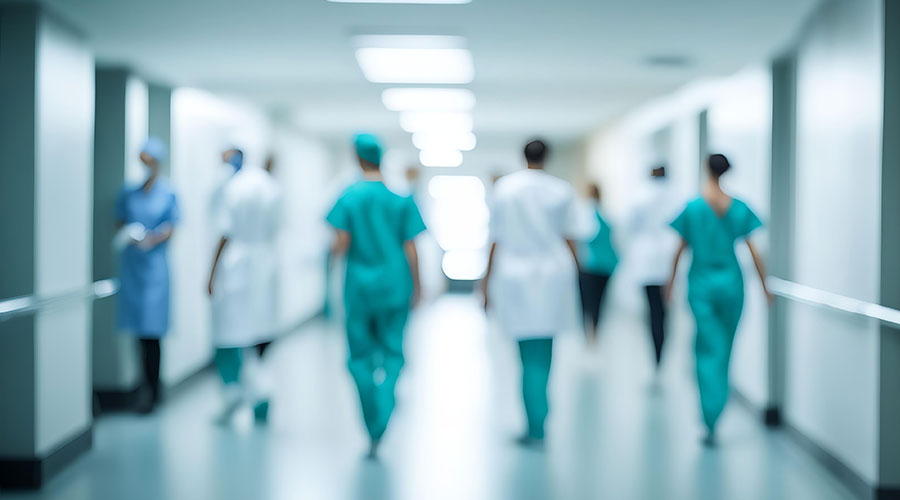Cost-savings is a hot-button issue for medical office buildings (MOBs), as prices continue to grow higher and higher. In addition, demand for MOBs in general is growing as well. This presents a unique opportunity for landlords to improve lease terms and reduce costs via energy-saving projects.
According to GlobeSt, MOB tenants and landlords can collaborate to optimize lease terms. The increasingly strong demand for MOBs grants landlords/space owners a chance to enhance lease terms and put in place economizing strategies through recovering capital investments. Strategies like this are doable for energy-saving projects such as “installing LED lighting, building automation system (BAS) enhancements, and HVAC equipment upgrades.” While on the tenants’ side, lease negotiation could include potential expenses such as staffing wages, which could be crucial during negotiations or for handling occupancy costs.
Essentially, collaboration between landlords and tenants could prove beneficial for both parties. As they negotiate, creative approaches and strategies can be made. Such strategies include shared spaces and encouraging lease language for cost-saving measures.
One thing this means for healthcare facilities is using space more efficiently through sharing it with other medical practitioners. With this, shared spaces such as waiting rooms and reception areas can be used by several practitioners, optimizing their use. A primary benefit of sharing these spaces is the opportunity to split or share costs such as rent and operations.
Another benefit of this collaboration is more favorable lease terms, which in turn impacts the financial situation and working flexibility of healthcare facilities. This could translate to more breathing room financially both for the tenant and the facilities management team.
Lastly, one other benefit is the ability to implement energy-saving measures. With greener technologies available and installed, healthcare facilities can cut their energy consumption and costs down. In the end, this means less money is spent on the already high energy bills.
All this combined allows for healthcare facilities, such as MOBs, to improve their own financial situations. Shared spaces enable splitting costs between tenants, better lease terms allow for more flexibility, and greener technologies potentially cut energy costs. Altogether, the collaborative approach gives facilities a chance to optimize their overall operation.
Jeff Wardon, Jr. is the assistant editor for the facilities market.

 UF Health Hospitals Rely on Green Globes to Realize Their Full Potential
UF Health Hospitals Rely on Green Globes to Realize Their Full Potential How Healthcare Facilities Can Be Truly Disaster-Resilient
How Healthcare Facilities Can Be Truly Disaster-Resilient TriasMD Breaks Ground on DISC Surgery Center for San Fernando Valley
TriasMD Breaks Ground on DISC Surgery Center for San Fernando Valley Bigfork Valley Hospital Falls Victim to Data Breach
Bigfork Valley Hospital Falls Victim to Data Breach AI-Driven Facilities: Strategic Planning and Cost Management
AI-Driven Facilities: Strategic Planning and Cost Management